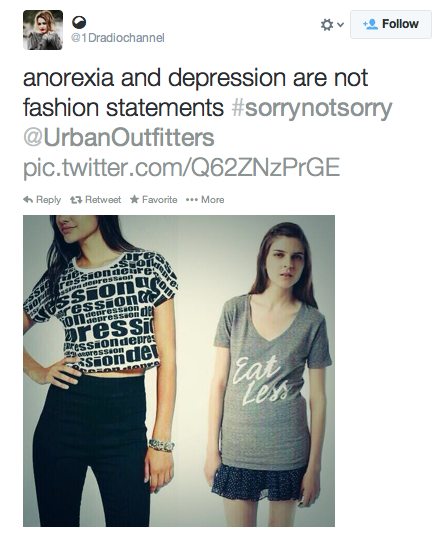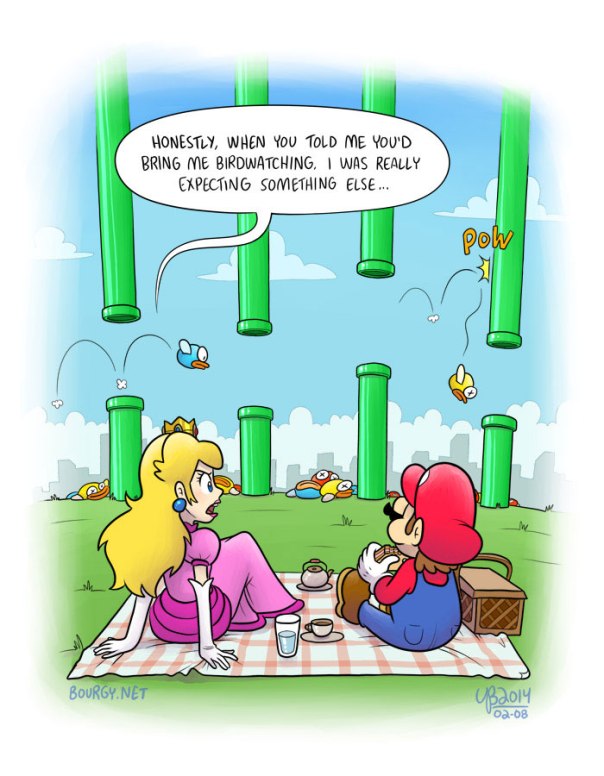In the new Ban Bossy campaign, stars like Jennifer Garner, Beyonce, and Jane Lynch team up to promote equality for women. The video states that being told you are “bossy” is a bad thing, especially for young girls, but in reality being bossy means you are “assertive, strong, and courageous,” as the CNN article “‘Ban Bossy’ campaign promotes equality” states.
Young girls are taught at a young age that being bossy is not acceptable, but boys are taught the opposite. In fact, they are praised for these qualities some call “bossy” because those qualities are what people look for in a leader.
So, why are girls told to not be “bossy” when these qualities lead to successful leadership? Anna Maria Chavez, CEO of Girl Scouts of America and Sheryl Sandberg, Facebook’s COO and Lean In author are trying to change “bossy”’s bad reputation.
Their campaign has spread all over my Facebook newsfeed as well as all of the sponsoring sites’ websites like Lifetime and Girls Scouts of America.
This is great public relations for Girls Scouts of America and LeanIn Nonprofit. Both of these organizations are relaying the same message of gender equality for women and supporting each other on their websites. Their celebrity endorsements with big names like Beyonce and Condoleezza Rice aren’t so bad either.
I agree with their message that women are taught at a young age not to speak their mind. I think it is empowering for women to learn this message and hope that it it relayed to younger generations. Ban the negativity around the word “bossy,” because being bossy shouldn’t be bad, but that you know what you want and you know how to stand up for it.
Check out BanBossy.com & the Girl Scouts Ban Bossy page.


